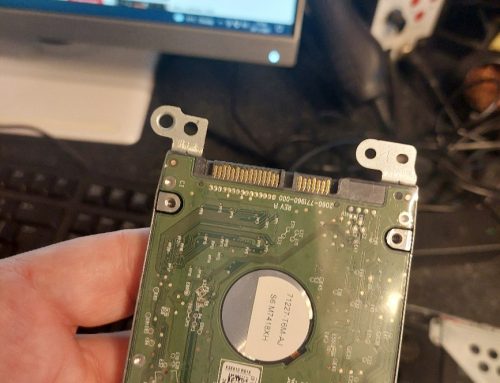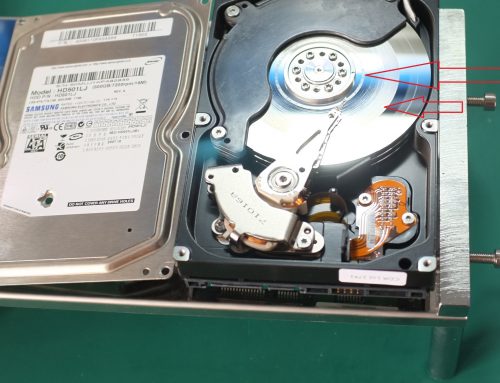Hard drives are destined to fail. It’s just a matter of when. As terrifying as its sounds, it’s true. It’s scary because your entire life can be on that drive in the form of valuable documents, pictures or other data. It’s important to backup and be prepared for this fact before you boot up the computer and get the dreaded no Operating system found error. this can be a bad error or a really devastating error. The following will help you how to tell if your hard drive has died or whether there is another reason why it is not booting.
With the exception of new Solid State Drives (SSD) hard drives have a lot of moving parts. Because of this, there is a lot that can fail mechanically as the result of a manufacturing defect, heat, or simply normal wear and tear. if your hard drive has a physical problem, it has failed. you can take it to a business that specializes in recovering data, but it will probably cost you more than the computer’s worth to get that data back.
The hard drive can also fail due to electrical issues, and as with a mechanical problem, it will cost a lot to retrieve the data on the disk.
Lastly, the drive can simply be corrupt, which means it cannot boot but can be repaired by either reinstalling the Operating system or running a repair install from your Windows disk.
No Operating system Found
If you get the no Operating system found error, this means the BIOS was in the process of handing boot control over to the hard drive and its Operating system but could not proceed because it could not locate an OS. The following could be some of the reasons for this error:
* There is a disk in the CD drive, floppy drive or USB port. Depending on how your BIOS is configured, it could be trying to boot to a drive other than the hard drive. Remove all disks and try booting up again. if Windows loads, go into the BIOS and specify the hard disk as the first boot device.
* The hard drive is unplugged. Open the case and confirm both the power connection and the data connections are securely attached.
* Jumpers are not configured properly. this problem will not just happen by itself. Unless you have been changing drive configurations or have recently added a new drive, this likely will not be the problem.
* Drive does not show up in BIOS. Change the power connector from the power supply, replace the data cable and perform other steps to determine why the drive is not recognized in BIOS. if the DVD drive shows up when you swap it out with the hard drive, this eliminates the motherboard controller and cables as being the problem. The next likely reason a drive does not show up in the BIOS is because it has died.
If the Hard drive has died then data recovery is going to be difficult and expensive. However with some of the other hard drive errors it may be possible to recover your photos and documents from the failing drive.


